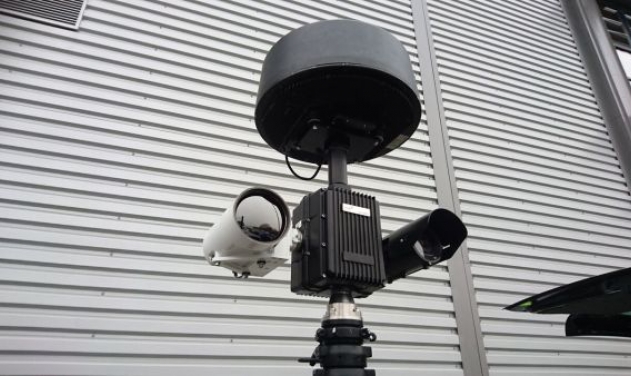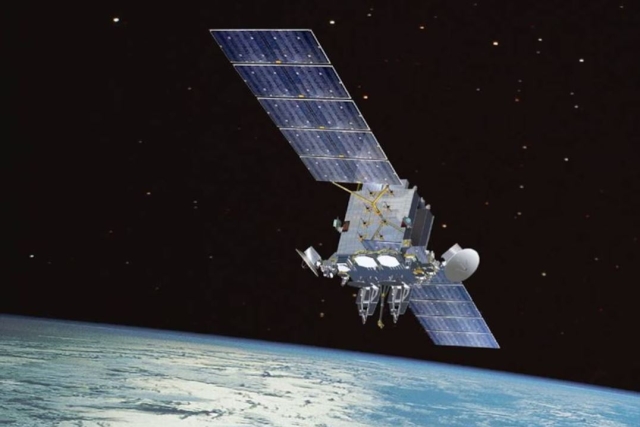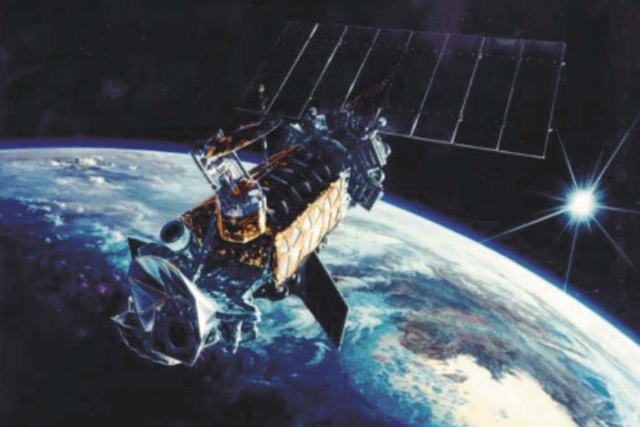EDA To Run Three Multi-Sensor Detection System Programs To Counter IEDs

The European Defense Agency (EDA) within the EDA IED Detection (IEDDET) program will run three new projects to counter Improvised Explosive Devices (IED) in order to support the development of improved Route Clearance Capabilities for the contributing nations (Austria, Belgium, The Netherlands, Norway and Poland).
Around 40 government representatives as well as military, industrial and research experts met in Vienna in March for the kick-off meeting for three new projects, EDA said in a statement Wednesday,
The IEDDET programme aims to develop and demonstrate multisensor detection systems for countering Improvised Explosive Devices (IED) in order to support the development of improved Route Clearance Capabilities for the contributing nations (Austria, Belgium, The Netherlands, Norway and Poland).
Each of three projects addresses different phases of route clearance operations: early warning, stand-off detection and confirmation & identification. A key goal is to improve overall performance of route clearance operations by exchanging information between the three phases.
Vehicle Mounted Early Warning of Indirect Indicators of IEDs (VMEWI3).
The objective of this project is to detect indirect indicators of IED’s by using forward looking camera systems. The project will develop, test and demonstrate unmanned ground vehicle (UGV) based early warning and forward looking multisensor optical systems for the detection of IED indicators.
The project is led by Netherlands Organisation for Applied Scientific Research (TNO) in cooperation with industry, SME, academia and research institutions: Armament and Defence Technology Agency (ARWT) from Austria, Royal Military Academy (RMA) from Belgium, Nederlandse Instrumenten Compagnie (Nedinsco), ViNotion B.V., Technische Universiteit Eindhoven (TU/e), Quest Photonic Devices BV (Quest) from the Netherlands and PCO S.A. and Military University of Technology (WAT) from Poland.
UGV stand-off multi-sensor platform for IED component detection (MUSICODE).
This project will develop new unmanned ground vehicle stand-off capabilities for detection of IED components by using remotely operated multisensory platforms. The project will develop, test and demonstrate a UGV based multisensor detection system for IED components. The system will employ a combination of downward looking and forward looking sensors, and exploit information from the early warning system to further improve efficiency.
The project is coordinated by the Norwegian Defence Research Establishment (FFI) in cooperation with ARWT from Austria, RMA from Belgium, TNO from the Netherlands, Industrial Research Institute for Automation and Measurements (PIAP), Military Institute for Engineering Technology (WITI), Consortia Electronica (Cons-el), Advanced Protection Systems (APS) and WAT from Poland and Augmenti AS from Norway.
Confirmation, Identification and Airborne Early Warning of IEDs (CONFIDENT).
The objectives of this project are to focus on the confirmation and the identification of relevant components of IEDs including electronic parts, explosives and chemical, biological, radiological and nuclear (CBRN) payloads prior to the release of the agents and to provide complementary early warning capabilities.
The demonstrators will be based on remotely operated platforms (robot and CAMCOPTER S-100 Unmanned Air System (UAS)). The UAS will be used for airborne early warning. The project will deal with the integration of various sensors or tools on either UGV or UAS platforms.
The project is led by ARWT in cooperation with CBRN Defence Command/CBRN Defence School (ABCAbwS), Logistic School (HLogS) and Schiebel Aircraft GmbH from Austria, RMA from Belgium, WAT from Poland and FFI from Norway.
A subsequent joint test and evaluation phase will be conducted in selected areas in Austria to ensure identical testing conditions for all three project. The final joint demonstration of the programme is scheduled to take place in second half of 2019.













